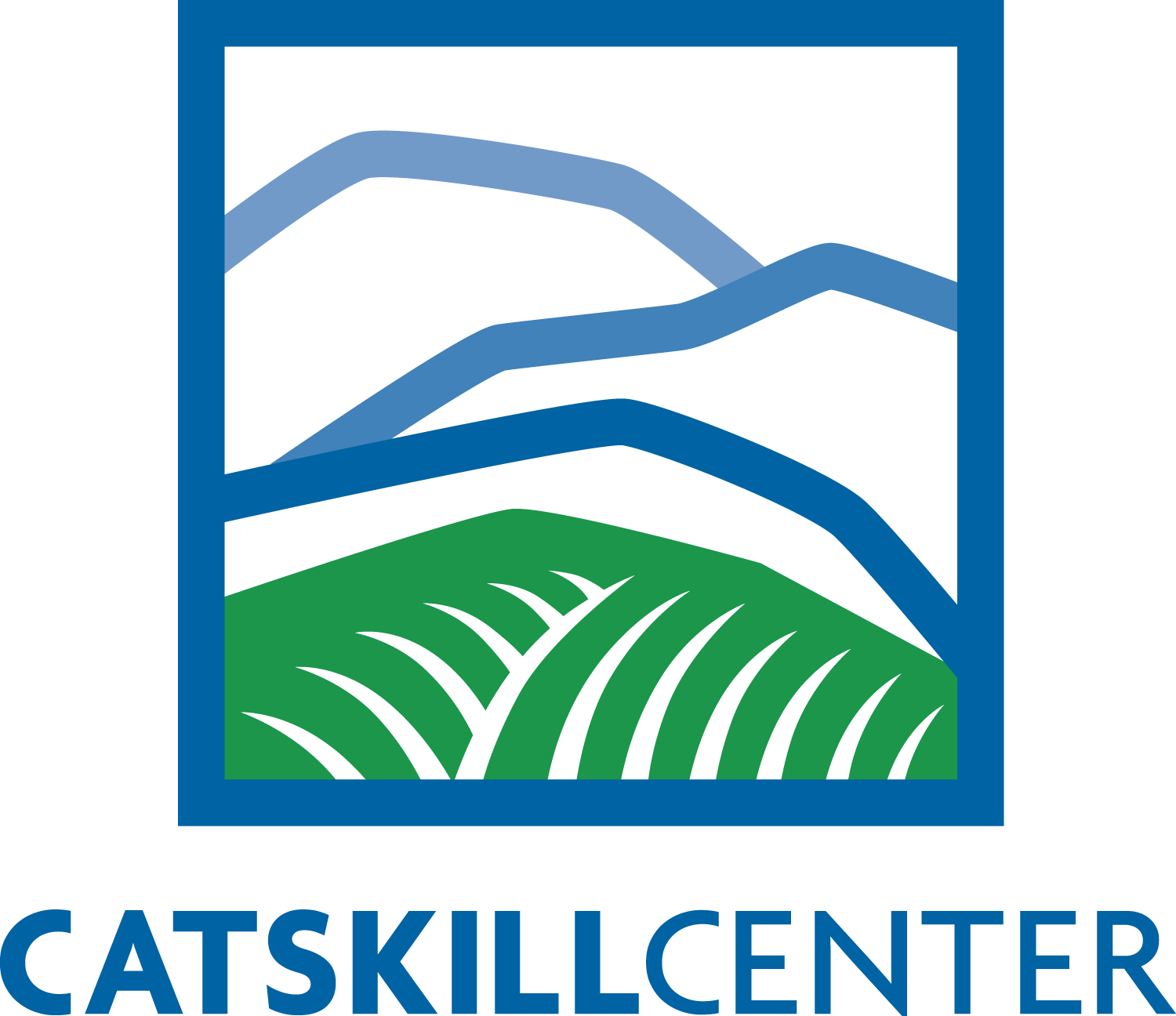Catskill Center Calls On NYC DEP To Rethink Its Land Acquisition Programs To Better Focus On Water Quality
From:
Catskill Center
P.O. Box 504
Route 28 Arkville, NY 12406
845-586-2611
catskillcenter.org
Contact:
Allison Dunne
845-868-3156
917-301-6933 (c)
adunne@catskillcenter.org
June 24, 2021 -- Arkville, NY: The Catskill Center is urging the New York City Department of Environmental Protection to adequately fund and cut red tape from its watershed protection programs in the Catskills. This comes after the first study of the programs in more than two decades was released in late 2020, and as state and federal regulators are considering the future of the programs. It’s an analysis the Catskill Center believes presents an opportunity to ensure that land acquisition programs focus strategically on water quality results, while supporting the economic vitality of watershed communities.
“We applaud the results of the NASEM Expert Panel and urge the regulators responsible for NYC's Filtration Avoidance Determination to incorporate the panel's recommendations, as discussed in our June 4 letter to the stakeholders and regulators,” Senterman says. “We think now is the time to focus our efforts on protecting and improving water quality through more targeted land protection programs, and by measuring results of those efforts and adjusting accordingly into the future.”
The nonprofit National Academies of Science, Engineering and Medicine (NASEM), which issued the study, says that land acquisition should focus on the most valuable lands for water quality protection and eliminate the purchase of lands that do not directly contribute to such protection. The Catskill Center has suggested goals that are rooted in the science of water quality, such as the percentages of impervious surface cover and forest cover in the drainage basin, and the degree of natural vegetation alongside streams. The Catskill Center also supports NASEM’s findings that there should be more collaboration across the various land protection and stewardship programs for improved water quality.
The Catskill Center recommends that DEP review the percentage of developable land that remains available in each town for community growth and redevelopment, and adjust its land acquisition to better balance water quality protection with community needs. Additionally, DEP should build on the success of the Ashokan Rail Trail as a regional amenity that attracts recreational tourism (as lauded by NASEM) and replicate this model elsewhere in the watershed. Plus, DEP should allow towns and local land trusts to own lands acquired through DEP land protection programs, and manage the lands for both water quality protection and compatible community needs, with DEP funding.
Focusing on the above improvements would help DEP avoid building an expensive filtration system. As a party to the 1997 agreement that set the stage for DEP to ensure ongoing protection of its drinking water supply in balance with the needs of local communities, the Catskill Center urges DEP to continue to restore funding to aid watershed protection.
“It's a testament to the strength of the original Memorandum of Agreement and the stakeholders that have worked together for more than two decades to have reached this point in the history of the New York City Watershed and Catskills where we are able to study, review, and fine-tune the programs designed to protect water quality, in a scientific and collaborative manner,” says Jeff Senterman, Executive Director of the Catskill Center.
Recently, DEP released some funding for land acquisition programs, having put a hold on it since spring of 2020, when the COVID-19 crisis took hold. And while the Catskill Center appreciates this restart, Senterman says that funds need to flow more freely to resume a robust land acquisition agenda and to appropriately staff DEP’s Land Acquisition Program. DEP funding of land acquisition programs is mandated under a Filtration Avoidance Determination (FAD). The current FAD is in effect through 2027 as regulators enter negotiations for a mid-term revision.
Senterman says that with the extraordinary benefit of input from a suite of expert scientists, it would be auspicious to both fix what is not working well in the current suite of watershed protection programs and improve and reimagine watershed protection programs for the next 20 years. This will better meet the needs of both New York City and Catskills residents.
###
Photo by Andy Mossey/Catskill Center

